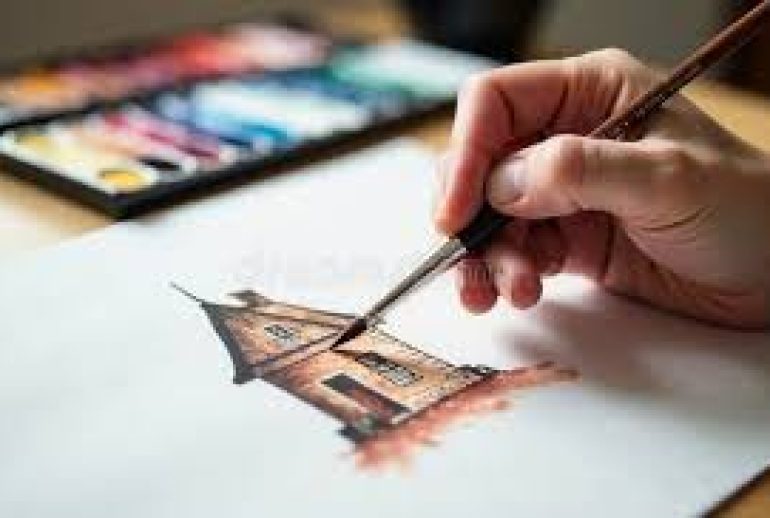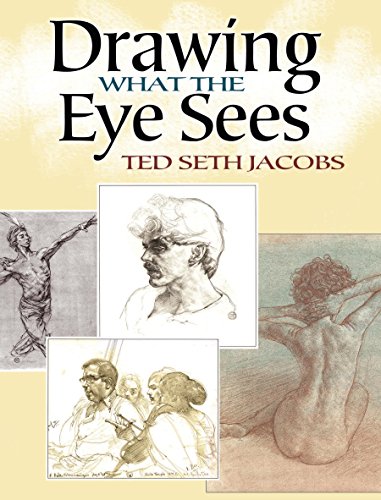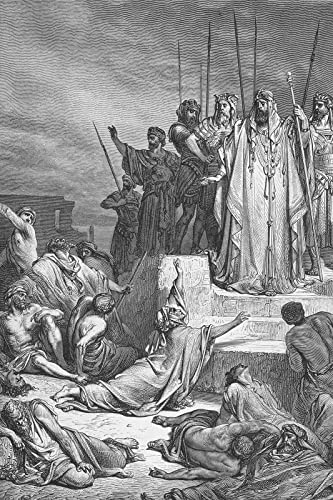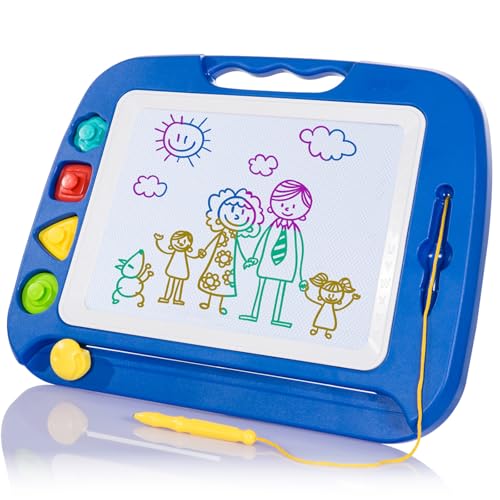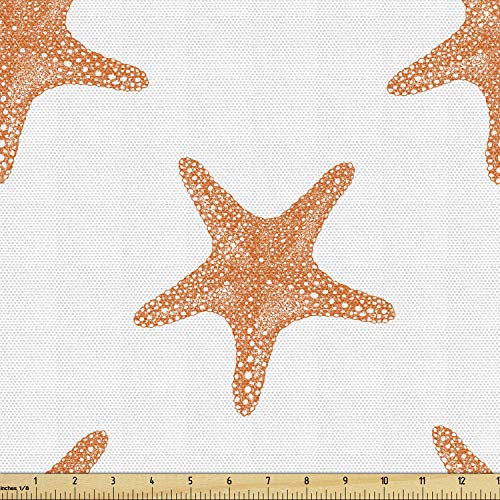Selecting the right drawing tools for children is essential. It can enhance their creativity and development.
Children enjoy expressing themselves through art. The right tools can make a big difference. From crayons to colored pencils, the choices can be overwhelming. Parents and educators must consider safety, ease of use, and age appropriateness. The right selection can encourage artistic skills and boost confidence.
In this guide, you will learn how to choose the best drawing tools for kids. Whether they are beginners or budding artists, these tips will help you make an informed decision. Let’s explore how to foster creativity with the right drawing tools for children.
Importance Of Drawing For Children
Drawing plays a crucial role in a child’s development. It is not just about creating art. It is about helping children grow in many ways. Selecting the right drawing tools can enhance this growth.
Boosting Creativity
Drawing helps children express their ideas. They can create their worlds on paper. This boosts their creativity. With the right tools, they can explore new techniques. They can mix colors and try different strokes. This experimentation is key for their creative growth.
Enhancing Motor Skills
Drawing improves fine motor skills. Holding pencils and crayons strengthens hand muscles. It also improves hand-eye coordination. These skills are essential for writing and other activities. Different tools provide different challenges. Markers, for example, require less pressure than pencils. Trying various tools can further enhance motor skills.
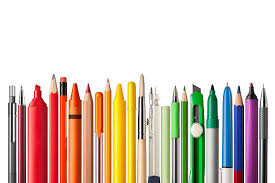
Types Of Drawing Tools
Choosing the right drawing tools for children is important. It helps them explore their creativity and develop fine motor skills. Various drawing tools are available, each with its unique features and benefits. Below, we explore some of the most popular types of drawing tools for kids.
Crayons
Crayons are a classic choice for children. They are safe, easy to use, and come in a wide range of colors. Crayons are great for young children because they are non-toxic and washable. They do not require sharpening, making them perfect for little hands.
- Non-toxic: Safe for all ages.
- Washable: Easy to clean from surfaces and clothes.
- Variety: Available in many colors and types, like glitter or neon.
Colored Pencils
Colored pencils are excellent for older children who have better control over their hand movements. They offer a more precise and detailed drawing experience. Colored pencils can be used for shading and blending, making them ideal for more advanced drawing projects.
- Precision: Suitable for detailed work.
- Blending: Can mix colors smoothly.
- Durable: Lasts longer than crayons.
Markers
Markers provide vibrant colors and are fun for children to use. They are available in different tip sizes, from fine to broad, catering to various drawing needs. Markers are suitable for children who enjoy bold and bright artwork.
- Vibrant Colors: Produces bright and bold drawings.
- Variety: Different tip sizes for various effects.
- Convenient: Ready to use, no need to sharpen.
Each type of drawing tool has its unique features. Choosing the right one depends on your child’s age, skill level, and preferences. Crayons are great for beginners, colored pencils for more detailed work, and markers for bold, bright drawings.
Age-appropriate Tools
Choosing the right drawing tools for children involves understanding their developmental stages. Age-appropriate tools ensure safety and match their skill levels. This helps children explore their creativity without frustration. Here, we discuss suitable drawing tools for different age groups.
Toddlers
Toddlers are curious and eager to explore. They need safe, non-toxic tools. Chunky crayons and washable markers are ideal. These are easy to grip and reduce mess. Large sheets of paper allow for broad strokes. Avoid small parts to prevent choking hazards.
Preschoolers
Preschoolers develop better hand-eye coordination. They enjoy more detailed drawings. Thicker markers and triangular crayons work well. These help with grip and control. Safety scissors can introduce cutting shapes. Encourage them with coloring books and simple stencils.
School-aged Children
School-aged children have refined motor skills. They can use more advanced tools. Fine-tipped markers and colored pencils suit their needs. Watercolors and pastels can enhance creativity. Sketchbooks provide a dedicated space for their artwork. Ensure tools are durable for frequent use.
Safety Considerations
Choose non-toxic, child-safe drawing tools to ensure safety. Check for age-appropriate labels and avoid small parts. Supervise young children while they draw.
Selecting drawing tools for children requires careful attention. Ensuring safety should always be the top priority. Kids often explore their surroundings with curiosity. Thus, the tools they use must be safe.
Non-toxic Materials
Choose drawing tools made from non-toxic materials. Many art supplies contain harmful chemicals. These can be dangerous if ingested. Look for labels stating the tools are non-toxic. This ensures your child can draw safely. Always check the packaging for safety certifications.
Choking Hazards
Small parts can pose a choking risk. Avoid drawing tools with detachable pieces. Young children may put these in their mouths. Opt for large, solid crayons or markers. These are safer and easier to handle. Ensure no small caps or parts are present. Safety is crucial for a fun drawing experience. “`
Ergonomics And Comfort
Choosing drawing tools for children is important. It ensures they enjoy their creative activities without discomfort. Ergonomics and comfort play a key role in this. Kids have small hands and need tools designed for their size and strength. Good ergonomic design can prevent strain and make drawing a fun experience.
Grip And Size
The grip and size of drawing tools matter. Tools that are too big or too small can cause discomfort. Look for tools with a soft, cushioned grip. This helps children hold them for longer periods. Also, ensure the size of the tool fits their hand. A comfortable grip promotes better control and precision.
Ease Of Use
Ease of use is essential for young artists. Children should feel confident using their drawing tools. Consider tools that are lightweight. Heavy tools can be tiring for small hands. Also, tools with a simple design are easier to use. Avoid complex mechanisms that could frustrate children. Simple tools encourage creativity and enjoyment.
Durability And Cost
Choosing the right drawing tools for children involves considering durability and cost. You want tools that can withstand frequent use and fit within your budget. This guide will help you find the best options.
Long-lasting Tools
Durable drawing tools save money in the long run. Here are some options:
- Wooden Pencils: These can be sharpened many times and last longer.
- High-Quality Crayons: Brands like Crayola are less likely to break.
- Washable Markers: These resist drying out and can be used repeatedly.
Investing in quality tools can reduce the need for frequent replacements. This ensures that children have reliable tools for their creative projects. Consider brands known for their durability.
Budget-friendly Options
Balancing cost with quality is essential. Here are some budget-friendly choices:
| Tool | Cost | Durability |
|---|---|---|
| Basic Pencils | $1-$3 per pack | Medium |
| Crayons | $2-$5 per box | High |
| Markers | $3-$6 per set | Medium |
For cost-effective tools, look for sales and discounts. Stores often offer school supplies at reduced prices during back-to-school seasons. Avoid very cheap options as they might break easily.
Thrift stores and online marketplaces can also have good deals on art supplies. Always read reviews to ensure you are getting the best value for your money.
Encouraging Creativity
Encouraging creativity in children is crucial for their development. Drawing tools play a significant role in this. The right tools can inspire imagination and help kids express themselves. Here are some tips to select the best drawing tools for children.
Variety Of Colors
Colors bring a child’s world to life. A wide range of colors can stimulate their creativity. Choose sets that include primary, secondary, and tertiary colors. This diversity helps them learn about color mixing and matching.
Consider sets with different shades and hues. These give children more options to experiment with. Markers, crayons, and colored pencils should be available in various colors.
| Tool | Color Variety |
|---|---|
| Crayons | 24, 48, or 64 colors |
| Markers | 10, 20, or 50 colors |
| Colored Pencils | 12, 24, or 36 colors |
Different Textures
Textures add depth to drawings. They also improve sensory experiences. Introduce children to tools with different textures. This includes smooth markers, waxy crayons, and grainy pastels.
Mixing textures can make drawing more engaging. Here’s a list of tools with diverse textures:
- Watercolors: Soft and blendable
- Oil Pastels: Rich and creamy
- Charcoal: Rough and smudgy
Combining these textures can help children develop fine motor skills. It also enhances their artistic abilities.
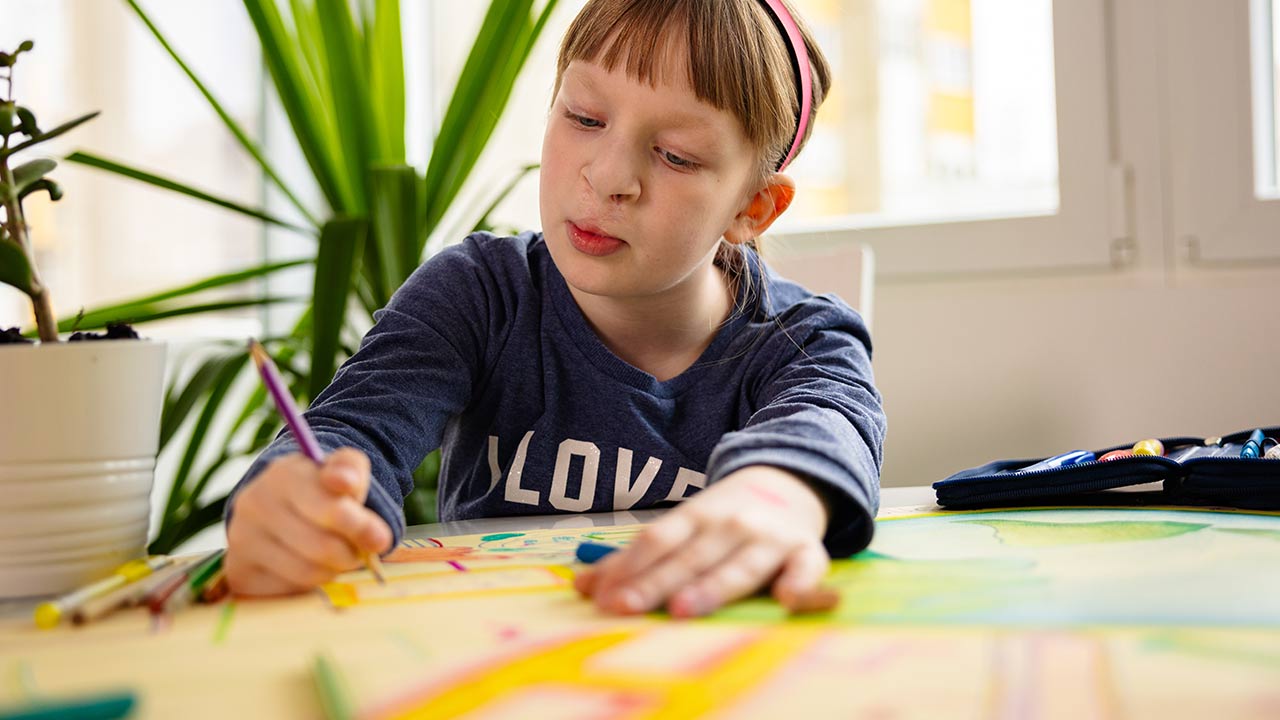
Expert Recommendations
Choosing the right drawing tools for children can be tricky. Experts have shared some valuable recommendations to help parents make informed choices. These suggestions ensure that kids have a safe and enjoyable drawing experience.
Top Brands
Several brands offer high-quality drawing tools for kids. Here are some expert-recommended brands:
- Crayola: Known for their vibrant colors and non-toxic materials.
- Faber-Castell: Offers eco-friendly options with excellent durability.
- Staedtler: Provides ergonomic designs that are easy for small hands to use.
- Melissa & Doug: Their products encourage creativity and are built to last.
Parental Tips
Here are some tips for parents to consider when selecting drawing tools for their children:
- Age Appropriateness: Ensure the tools match your child’s age and skill level.
- Safety: Look for non-toxic labels and avoid small parts for younger children.
- Ease of Use: Choose tools that are easy for your child to hold and control.
- Washability: Select washable materials to avoid permanent stains.
- Variety: Provide a range of tools to encourage creativity, such as crayons, markers, and colored pencils.
Follow these expert recommendations to help your child enjoy drawing. Happy creating!
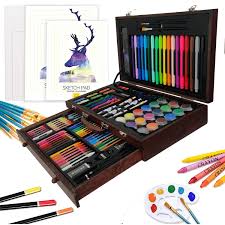
Frequently Asked Questions
What Are The Best Drawing Tools For Beginners?
For beginners, start with basic tools like crayons, colored pencils, and washable markers. These are easy to use, safe, and mess-free. They help children develop motor skills and creativity. Consider non-toxic and ergonomic options.
How Do I Choose Safe Drawing Tools For Kids?
Choose non-toxic and washable drawing tools to ensure safety. Look for ASTM D-4236 certification. Avoid small parts that can be choking hazards. Opt for age-appropriate items to prevent accidents. Always supervise young children during art activities.
Why Are Ergonomic Drawing Tools Important?
Ergonomic tools provide comfort and prevent strain during drawing. They help children maintain a proper grip and posture. This reduces fatigue and promotes longer creative sessions. Choose tools with cushioned grips and lightweight designs.
Are Washable Markers Good For Children?
Yes, washable markers are excellent for kids. They are easy to clean from skin, clothes, and surfaces. This makes them ideal for young artists. Choose vibrant colors to keep children engaged.
Conclusion
Choosing the right drawing tools for children is essential. Prioritize safety and durability. Ensure the tools match your child’s age and skill level. Encourage creativity with a variety of supplies. Observe their preferences and adapt accordingly. Keep it fun and engaging.
The right tools can spark imagination and improve skills. Happy drawing!

